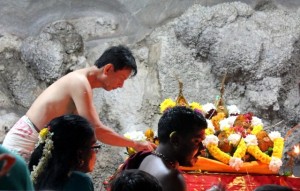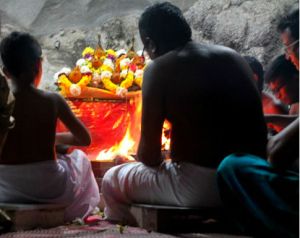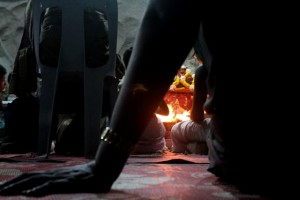Ever since I stumbled upon some images of Mt Bromo on the internet some two years ago, I had wanted to see this place for myself. However, no one else shared my enthusiasm for the trip so I shoved the idea in the back of my mind.
My interest in Bromo resurfaced after returning from my Mt Fuji trip in August of this year. The painful decision of having to turn back when we were just a pitstop away from reaching Fuji’s summit still haunted me and I badly needed a distraction to take my mind off the climb. On the brighter side, this episode in Japan boosted my courage and allowed me to come to terms with the fact that I would most likely have to travel alone if I ever wanted to go to Bromo.
I set about making enquiries, drawing lessons from my trip to Japan. Admittedly, it was rather liberating to plan my itinerary according to my wishes, instead of having to take other people’s preferences and interests into consideration. Since I was going to be in East Java, I decided to extend my trip to cover Ijen Crater as well.
During the final stage of preparation, an ex-colleague contacted me to say that he and another friend were interested to join me. This was good news as it meant that I would have some company after all, and the fixed costs could be split among the three of us.
The anticipated day arrived and we were met by our Driver at Surabaya Airport. After buying our prepaid SIM cards (which incidentally did not work after Day 2), we stopped by a roadside stall for a quick bite before starting the 3-hour drive to Cemoro Lawang where we would spend the next two nights.
Thanks to our Driver who couldn’t differentiate between a trunk road and a racing track, we arrived half an hour ahead of time. Our Guide was already waiting for us and offered to give us a quick tour of the town before checking in to our homestay.
Cemoro Lawang is part of the Probolinggo Prefecture and sits in the Bromo Tengger Semeru National Park. It is the nearest town if you want to climb Mount Bromo. Bordered by a group of mountains comprising Mt Semeru, Mt Bromo and Mt Argopuro with the beach lying on the northern side, the inhabitants comprise Javanese, Maduranese, Pendalungan and Tenggerese who practise their centuries-old traditions and customs to this day.
And then…as regular as clockwork, it started to rain!


A walkabout around town was now out of the question. Fortunately, our Guide had Plan B up his sleeve. He brought us to the home of two old ladies who lived in a little hut in the middle of an onion field. At first, I was a bit hesitant about how they would react to strangers invading their home unannounced and walking on their earth-crusted floor with rain-soaked shoes. They turned out be really hospitable folk, giving us a glimpse into their lifestyle and allowing us to take photos of their home.
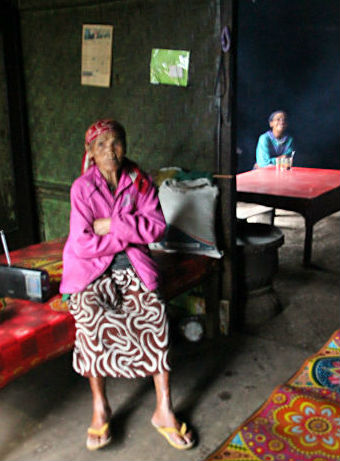


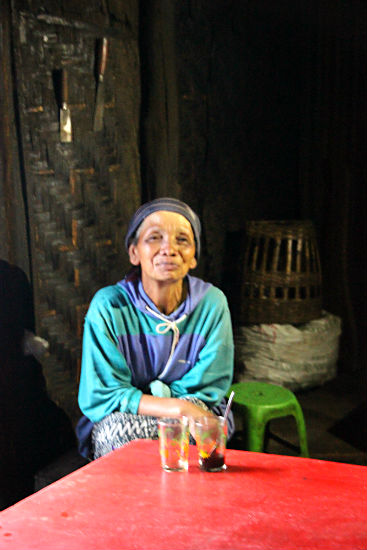

After check-in, we all met up again for dinner at Lava View Hotel. This is supposed to be the best hotel in town but I found the service to be extremely slow, the menu overpriced and the food just average.
By the time we came out of the restaurant, the rain had subsided and temperatures had dropped drastically. I had not expected this part of the region to be so cold. There were two or three street vendors waiting outside the hotel entrance, trying to sell knitted gloves, scarves, balaclava and caps to customers and tourists coming out of the restaurant. Interestingly, many of the local residents in Probolinggo keep warm by merely wrapping a sarong round their shoulders.
Back in our homestay, we were advised to get some rest before heading out at 1:00am to a secluded viewing point to catch a Bromo sunrise. Unaccustomed to sleeping at 8:00pm, I stayed awake and waited for the seconds to tick away until it was time to hit the road for our first adventure.





